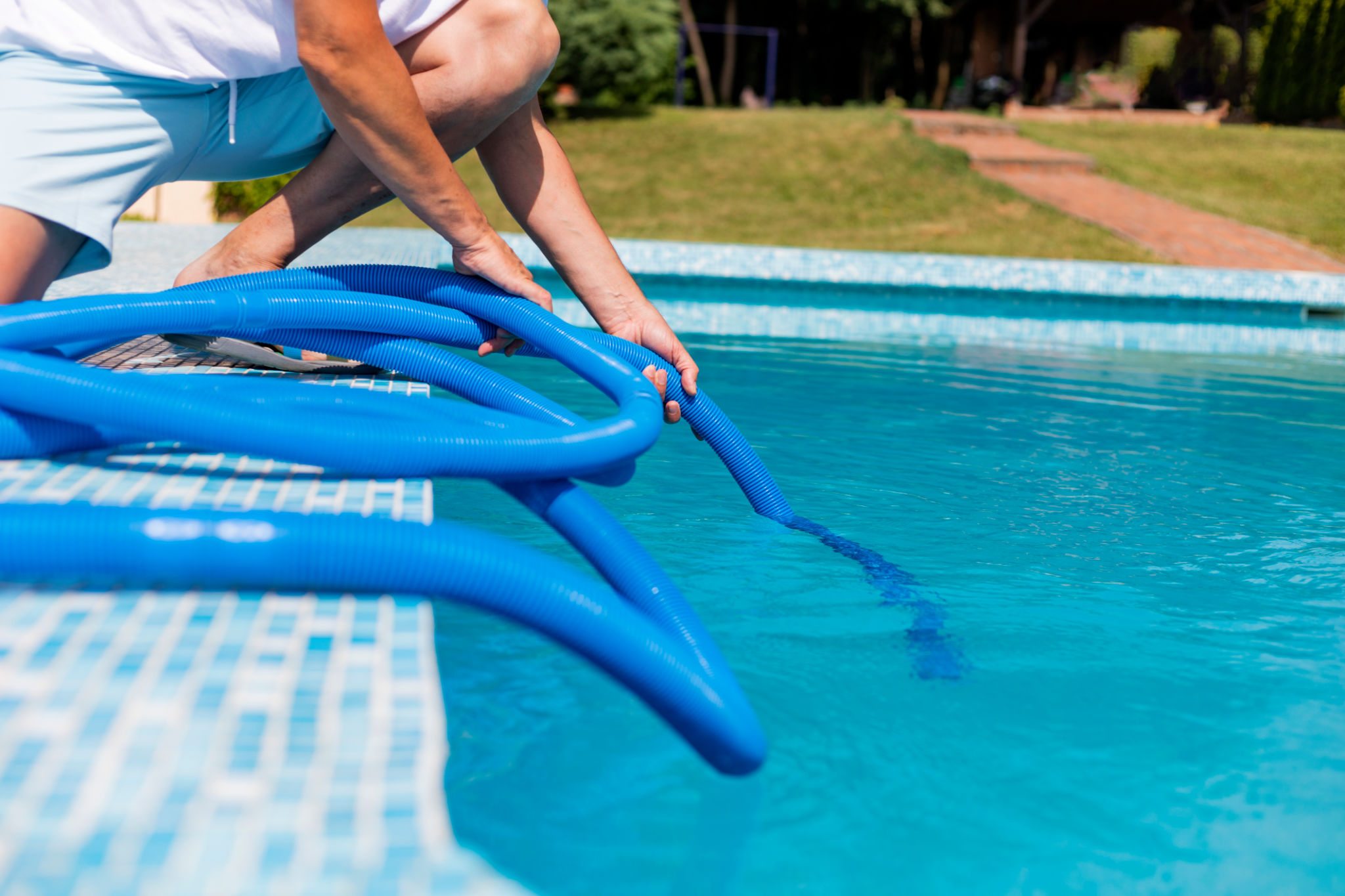Preparing Your Pool for the Swim Season: Expert Tips
Start with a Thorough Cleaning
As the swim season approaches, getting your pool clean and ready for use should be your first priority. Begin by removing any debris, such as leaves and twigs, from the pool using a skimmer net. Don't forget to empty the skimmer baskets and clean out the pump strainer basket as well.
Next, use a pool vacuum to clean the floor of the pool. This will help remove any dirt and sediment that may have settled over the colder months. Pay special attention to corners and steps, where debris often accumulates. A clean pool is essential for proper water chemistry and a healthy swimming environment.

Inspect Pool Equipment
Once your pool is clean, it's time to inspect all the equipment. Check the pool pump, filter, heater, and any other equipment for any signs of wear or damage. Replace or repair anything that isn't functioning properly to ensure your pool runs efficiently throughout the season.
If your pool has a heater, test it to make sure it's working correctly. You don't want to wait until the water is chilly to find out there's an issue. A well-maintained system will also help keep energy costs down.
Check Water Levels
During winter, water levels may have decreased due to evaporation or leaks. Make sure the water level is halfway up the skimmer opening. If it's too low, add water to bring it up to the proper level. Maintaining the correct water level is crucial for circulation and filtration.

Balance the Water Chemistry
Proper water chemistry is essential for safe swimming conditions and to prevent damage to your pool's surface and equipment. Begin by testing the water using a reliable test kit. You'll need to check and adjust the pH, alkalinity, and chlorine levels.
The ideal pH level should be between 7.2 and 7.6. If it's too low or too high, use pH increaser or decreaser to achieve a balanced level. Alkalinity should be between 80-120 ppm, and chlorine should be maintained between 1-3 ppm.
Shock Your Pool
To ensure your pool water is crystal clear and free of bacteria, add a shock treatment. This process involves adding a high dose of chlorine to eliminate contaminants that regular chlorination might miss.
- Choose a shock treatment that's suitable for your type of pool.
- Follow the manufacturer's instructions carefully.
- Run the pump for several hours to distribute the shock evenly.

Set Up a Maintenance Schedule
Once your pool is clean and chemically balanced, it's important to establish a regular maintenance routine. This will help keep your pool in top condition throughout the swim season. Plan to test the water chemistry weekly, clean the filters regularly, and skim debris as needed.
Investing time into regular maintenance will save you effort in the long run and ensure that your pool remains inviting all season long.
Safety First
Finally, inspect your pool area for safety concerns. Ensure that fences and gates are secure, and check that any safety equipment, such as life rings or poles, are in good condition and easily accessible. Consider adding non-slip mats around the pool deck to prevent accidents.

By following these expert tips, you'll be well-prepared for a fun and relaxing swim season. With a clean, safe, and well-maintained pool, you'll be ready to dive into summer with confidence.
